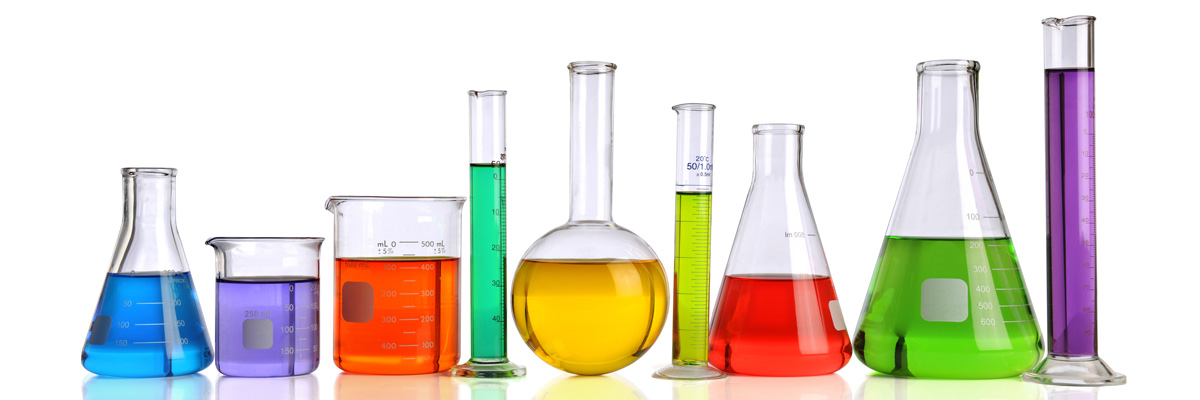
Chemical reactions are the driving force behind countless natural and man-made phenomena. From the combustion of fuels to the synthesis of life-saving drugs, these reactions shape our world in remarkable ways. In this article, we will explore 20 captivating examples of chemical reactions that showcase the diversity and power of this fundamental scientific concept.
- Combustion of Hydrocarbons:
The combustion of hydrocarbons, such as gasoline or natural gas, is a classic example of an exothermic chemical reaction. It involves the reaction of hydrocarbons with oxygen to produce carbon dioxide and water, releasing energy in the process. - Photosynthesis:
Photosynthesis, the process by which plants convert sunlight into chemical energy, is a vital chemical reaction for sustaining life on Earth. Through this reaction, plants absorb carbon dioxide and water, using sunlight to produce glucose and oxygen. - Rusting of Iron:
When iron reacts with oxygen in the presence of moisture, it undergoes a chemical reaction known as rusting. This process leads to the formation of iron oxide, a reddish-brown compound that weakens the structural integrity of iron. - Acid-Base Neutralization:
The reaction between an acid and a base is called neutralization. It results in the formation of water and a salt, effectively neutralizing the acidic or basic properties of the reactants. An example is the reaction between hydrochloric acid and sodium hydroxide, which produces water and sodium chloride. - Polymerization:
Polymerization is a reaction in which small molecules, called monomers, combine to form a larger, more complex molecule known as a polymer. This process is crucial in the production of plastics, fibers, and other synthetic materials. - Oxidation of Food:
The process of food oxidation, such as the browning of an apple when exposed to air, is a chemical reaction that occurs due to the presence of enzymes and oxygen. This reaction alters the chemical composition of the food, leading to changes in taste, color, and texture. - Decomposition of Hydrogen Peroxide:
Hydrogen peroxide naturally decomposes into water and oxygen over time. This reaction can be accelerated by the addition of a catalyst, such as manganese dioxide, resulting in the release of oxygen gas. - Fermentation:
Fermentation is a metabolic process that converts sugar into alcohol or organic acids using yeast or bacteria. This reaction is responsible for the production of alcoholic beverages, bread, and other fermented foods. - Electrolysis of Water:
Electrolysis is a chemical reaction that uses an electric current to break water molecules into hydrogen and oxygen gases. This process is essential for hydrogen production and the development of fuel cells. - Esterification:
Esterification is a reaction between an alcohol and an acid, resulting in the formation of an ester and water. This reaction is commonly used in the production of perfumes, flavorings, and pharmaceuticals. - Saponification:
Saponification is the hydrolysis of fats or oils in the presence of a base, such as sodium hydroxide, to produce soap and glycerol. This reaction has been used for centuries in soap-making. - Redox Reactions:
Redox reactions involve the transfer of electrons between reactants. An example is the reaction between magnesium and oxygen, where magnesium is oxidized and oxygen is reduced, resulting in the formation of magnesium oxide. - Nuclear Fission:
Nuclear fission is a reaction in which the nucleus of an atom is split into two or more smaller nuclei, releasing a significant amount of energy. This process is the basis for nuclear power generation and atomic bombs. - Neutralization of Acid Rain:
When acid rain, which contains sulfuric acid or nitric acid, reacts with alkaline substances in the environment, neutralization occurs. This reaction helps mitigate the harmful effects of acid rain on ecosystems. - Polymer Degradation:
Polymer degradation is a chemical reaction that breaks down polymers into smaller molecules. This process is essential for recycling plastics and reducing environmental pollution. - Precipitation Reactions:
Precipitation reactions occur when two aqueous solutions react to form an insoluble solid, known as a precipitate. An example is the reaction between silver nitrate and sodium chloride, which produces a white precipitate of silver chloride. - Eutrophication:
Eutrophication is a chemical reaction that occurs when excessive nutrients, such as nitrogen and phosphorus, enter bodies of water, leading to an overgrowth of algae. This reaction can disrupt aquatic ecosystems and deplete oxygen levels. - Combustion of Fossil Fuels:
The combustion of fossil fuels, such as coal, oil, and natural gas, is a major source of energy worldwide. This reaction releases carbon dioxide and other pollutants, contributing to climate change and air pollution. - Polymer Crosslinking:
Polymer crosslinking is a reaction that forms chemical bonds between polymer chains, increasing the strength and stability of the material. This process is utilized in the production of rubber, adhesives, and coatings. - Haber-Bosch Process:
The Haber-Bosch process is a chemical reaction that converts nitrogen gas from the atmosphere into ammonia, a crucial component of fertilizers. This reaction has revolutionized agriculture and enabled the production of high-yield crops.
Conclusion:
Chemical reactions are the building blocks of our world, shaping everything from the food we eat to the materials we use. The examples provided in this article offer a glimpse into the vast array of chemical reactions that occur in nature and industry. By understanding and harnessing these reactions, scientists and engineers continue to make groundbreaking discoveries and advancements that propel our society forward.

